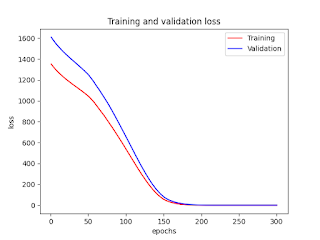- Is market timing a useful source of added value or a sin to be avoided?
- We propose an interpretation that offers a practical enhancement to value timing strategies: adding a dose of momentum.
- By that, one can improve the risk-adjusted performance of contrarian market timing strategies.
- Valuations can drift higher or lower for years or decades, making it difficult to categorize the current market confidently as "cheap" or "expensive" without hindsight calibration, and therefore difficult to profit from such categorizations.
- Combining value and momentum has been shown to be very effective in stock selection and cross-sectional strategies, and the combined signal intuitively represents "value with a catalyst," or patient contrarian investing, with a supportive momentum signal potentially reducing the risk of value traps or premium signals.
- If market timing is a sin, perhaps you could--or even should--sin a little.
- Value investors looking for a less explicit way to reduce negative exposure to short-term momentum could simply rebalance their tilts less frequently.
- A better variant of this approach is to "slow down" the value signal using a moving average, which is equivalent to making a sequence of overlapping value bets that are each "locked in" for a long period
- In this paper, we have examined how drifting valuations contribute to the initially puzzling gap between encouraging in-sample evidence and disappointing out-of-sample performance of value timing strategies. We have shown that the challenge of such long-term drift has been compounded by persistent negative exposure to a shorter-term time series momentum factor, which offers a practical and intuitive avenue for improving value-based tactical timing signals.
- Our results suggest that even a small does of momentum, whether applied explicitly or just by rebalancing less frequently or smoothing valuation signals, may improve market timing decisions.
- In summary, attractive predictive correlations do not always translate to successful timing out of sample. This has occurred both because of long-drifts in average weight (as stocks become more or less cheap for very long periods) and because a pure value strategy effectively "shorts" the successful momentum strategy. We have no cure for long drifts in average weights other than our view it's unlikely to be as bad for valuation timing in the next half century as in the last. Adding a momentum component may help investors to become more patient and successful long-term value investors.
- Finally, we note that even a completely blend of value and momentum timing signals produces only modest long-term outperformance. Thus: sin (only) a little.
- Timing two assets is a broader and potentially more promising strategy, as well as providing independent supporting evidence.
Source


No comments:
Post a Comment